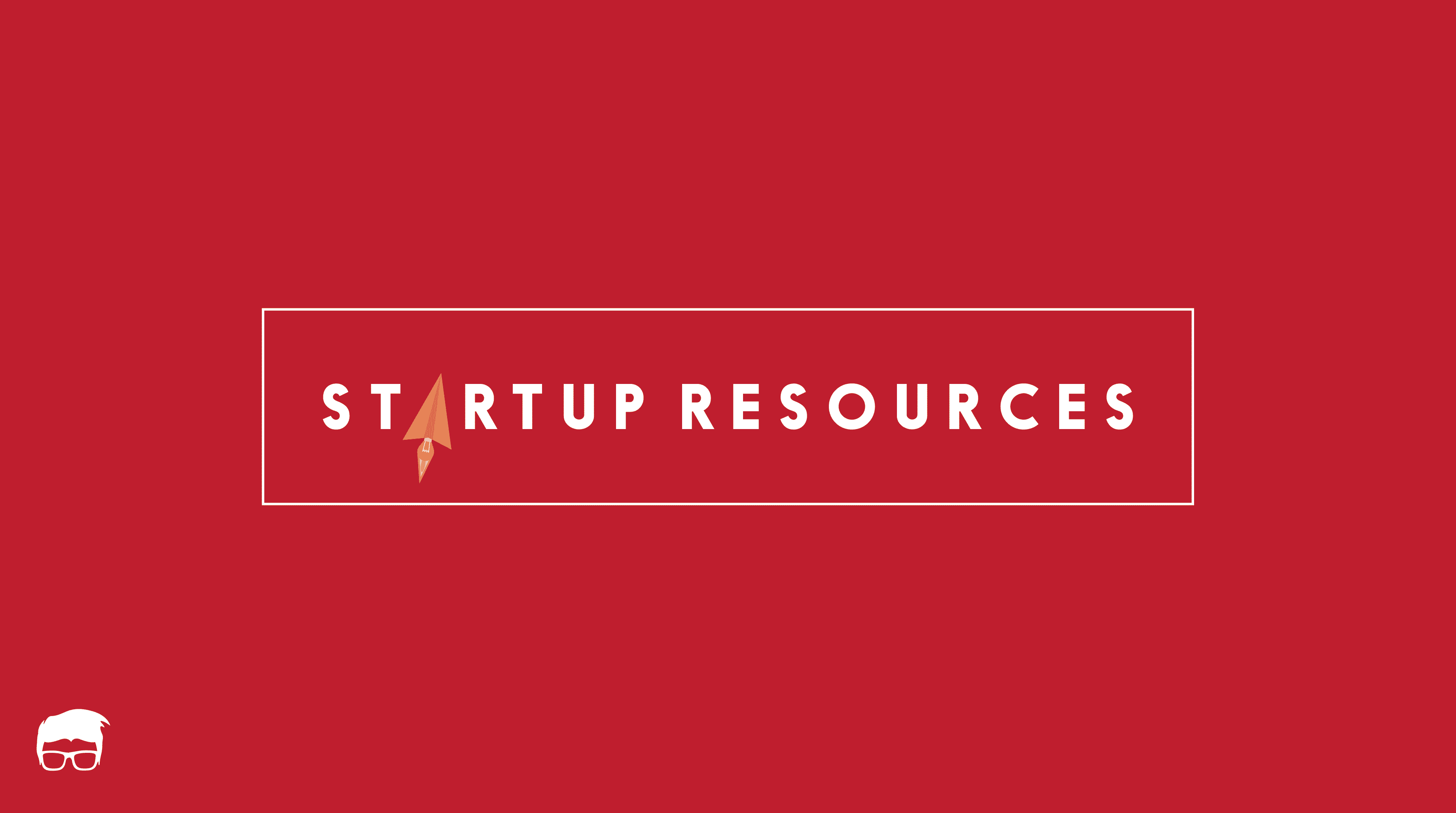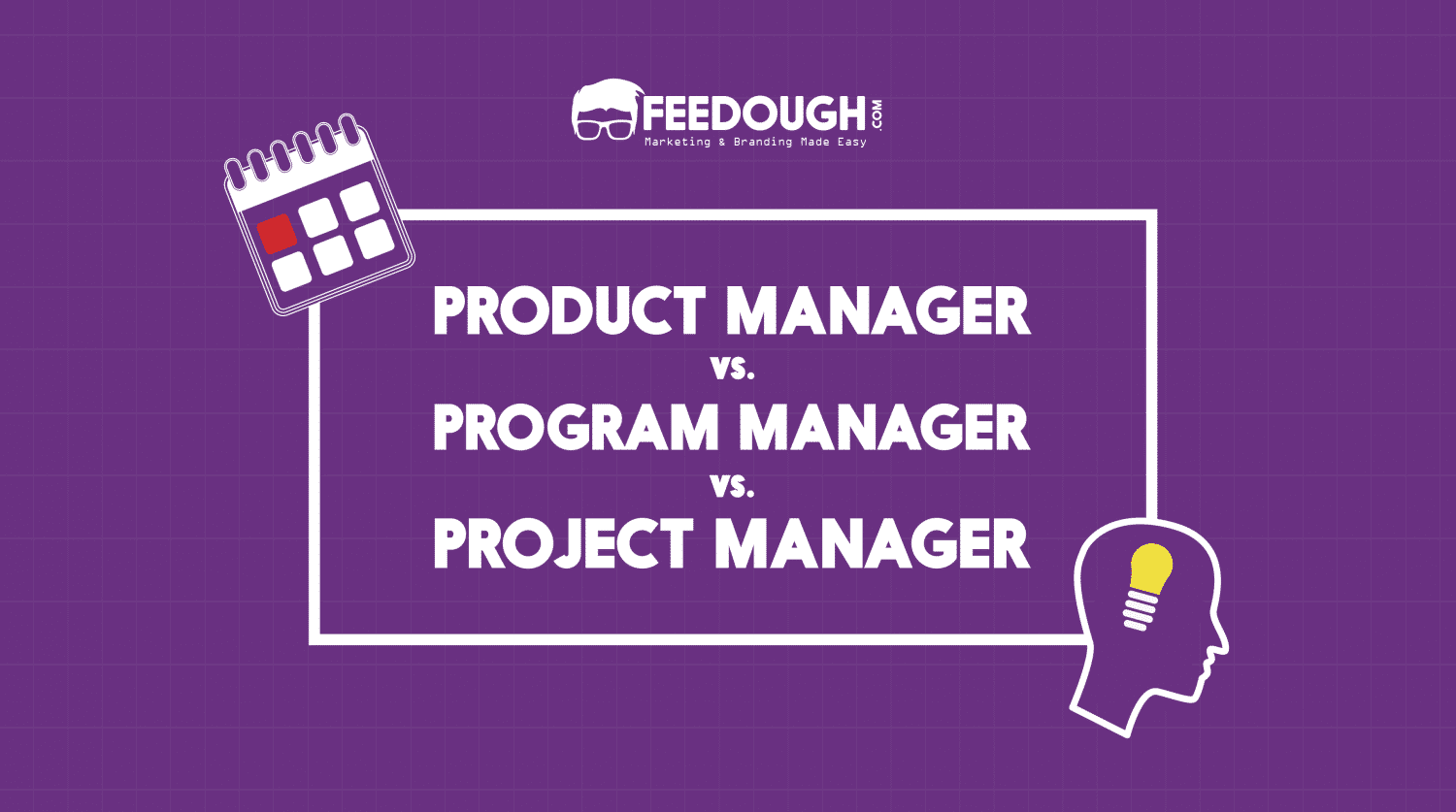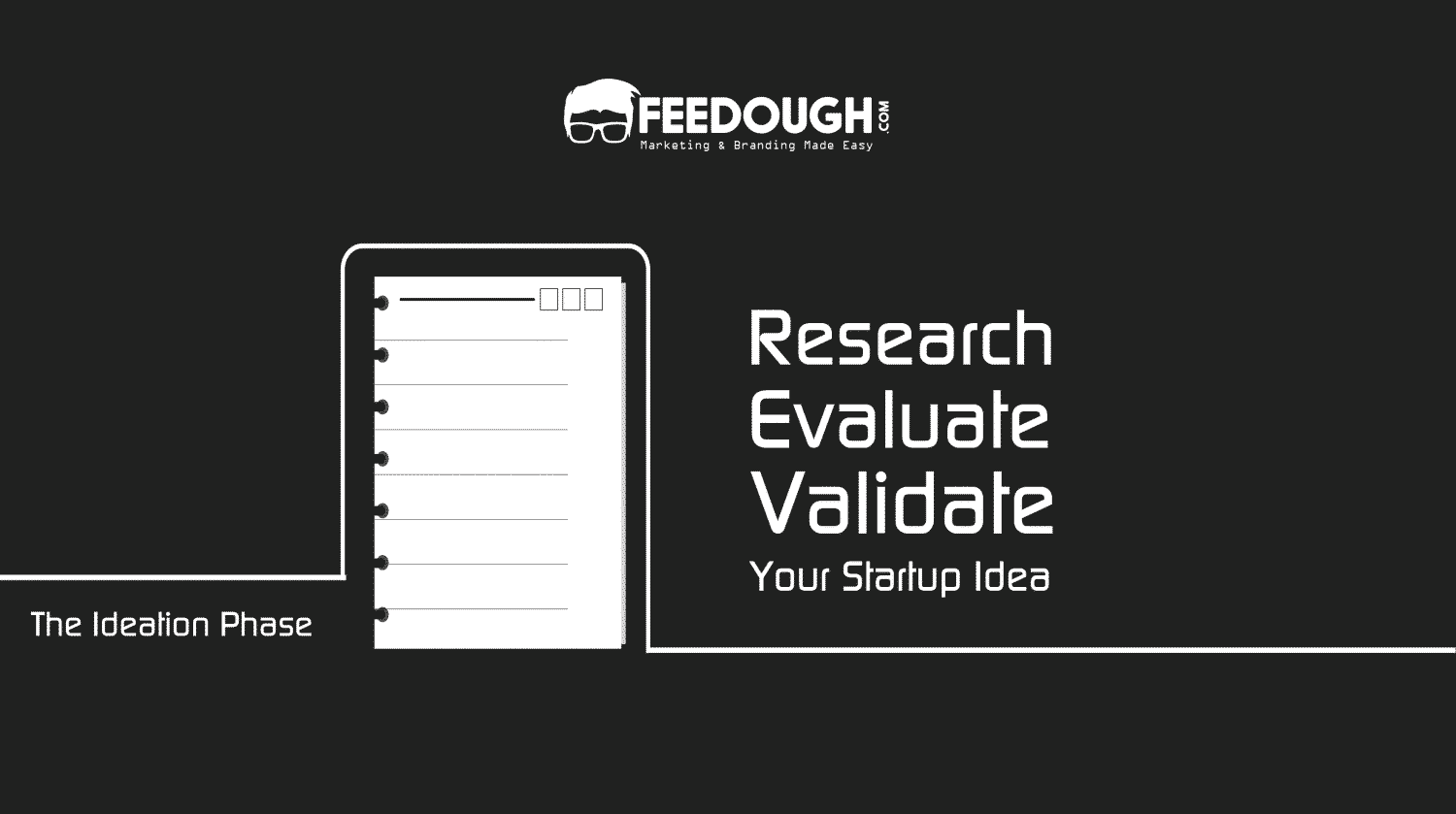Every startup goes through a roller coaster of hits and misses. While riding this incredible roller coaster, most entrepreneurs get confused where their ride is heading. This article could work as a roadmap for you if you are already on this ride.
How does a typical startup life cycle go about?
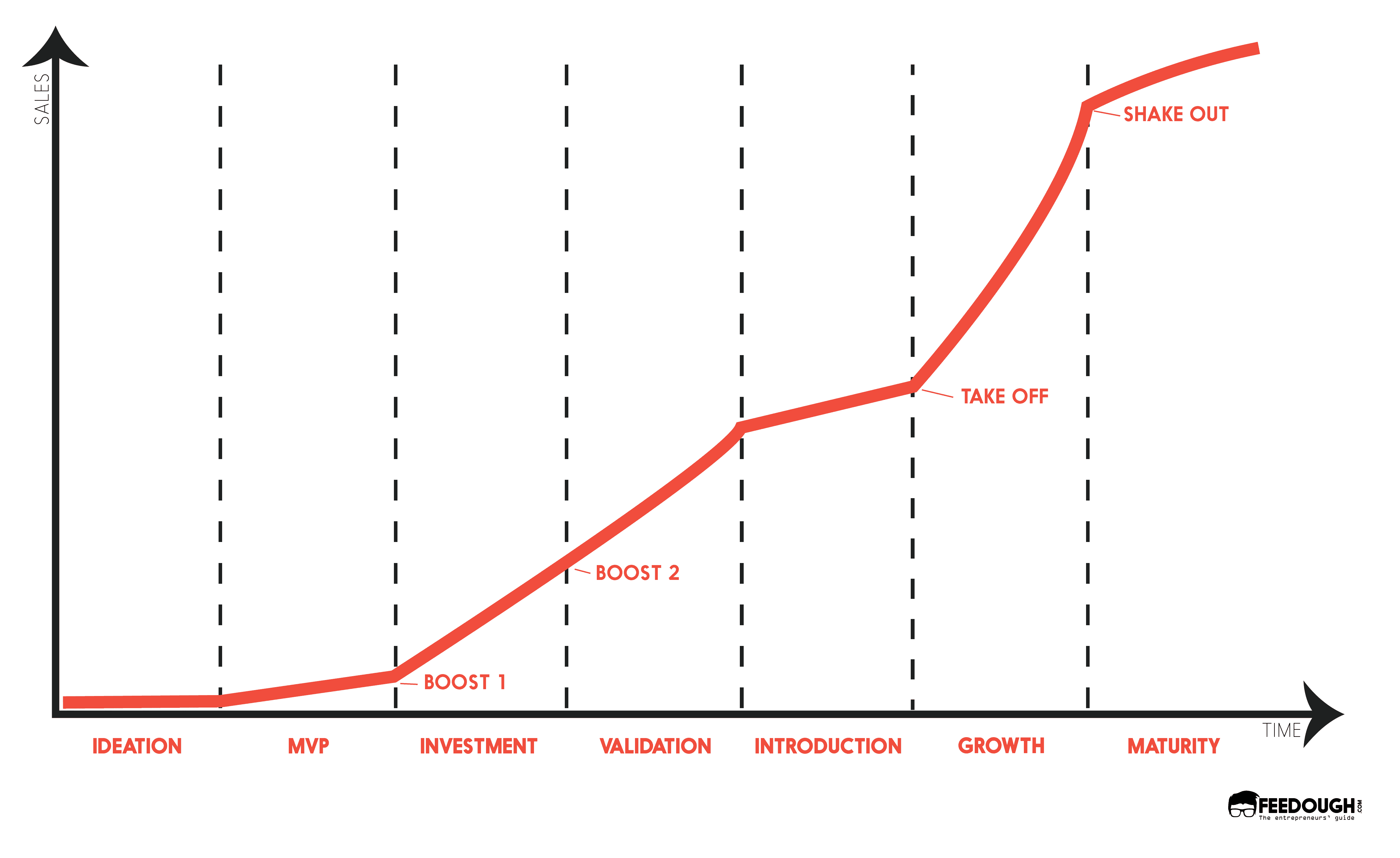
Ideation
The ideation phase is where the nascent idea of your startup is generated. The core idea of your startup is decided during this phase. You/your team decide on the principle of your prospective startup and the core question ‘Why are you doing this?’
The ideation phase further develops into conceptualization phase where the execution of your idea is decided. The concept defines how your idea will be carried forward, and revolves around the question ‘How are you doing this?’
To give a clearer picture, let’s take Facebook as our model.
The idea behind Facebook was to create a platform where people could connect with each other in the virtual world.
The concept behind Facebook was to create a website that allows individuals to put their pictures and basic information and add friends to their Facebook profile.
MVP
MVP stands for Minimum Viable Product. As the name suggests this is the phase where a startup essentially creates the zeroth model of its core idea. It is the first saleable version of your product designed with minimum yet sufficient features to satisfy early adopters and to validate the assumptions of usability and demand basis on which the final product (or the beta) is developed.
An MVP isn’t supposed to be a detailed working model of your startup. MVP concentrates on execution and is a rough model that performs the basic idea of your startup.
Investment
Once you are satisfied with your MVP, you pitch your MVP to investors. This phase can get tedious as only 2 out of 100 startups get funded. But if you have researched well on the 4Ps of marketing: Product, Price, Promotion, Place it is highly likely that investors will favour your startup since investors usually want a product with an easy market. Deciding on the basic sellable aspect of your product/service is key to entice your investors into investing in your project.
Validation
Startup validation is key before moving into the final phase of Introducing your business model and the product into the market. In this phase, you, your investors, and your co-founders work on finding the possible reasons your startup might fail in the actual market.
It is advised to have internal validation team (your co-founders, investors and everyone working in your team) as well as an external validation team (a trial network of people you create to test out possible flaws in the system) to find out possible fatal flaws in your startup or to find out where you can improve on your business model, your revenue model and the products to speed past existing competitors.
The external validation process of the startup life cycle includes releasing of a beta version of the product.
Beta
The Beta version of your product/service is the pre-release version you give your target audience to test out the look and feel of your service. This is the testing water for major/minor changes, and the final chance to improve your final product before actually releasing into the market. Beta testing is usually done for services provided typically online.
Beta is where branding plays a major role. The brand value is defined here and since this phase, the brand image is to be maintained.
Introduction
During this phase, the product is actually introduced in the market. This phase is majorly dominated by pioneers and early majority. These are the testers who try out your product and the major marketing that works here is word of mouth. Early testers provide great insights for hits and misses of your product in the early phase.
Introduction phase should be planned such that the impact factor of your product is maximum. Aggressive marketing is essential to get your product out in the market for maximum reach.
Growth
During the growth phase, your product has set a firm foot in the market. With the brand generating a loyal customer base, this is the phase where a brand essentially moves out of the breakeven phase and generates revenue. During the growth phase, expansion of the company is a must as quantity will bring revenue and reach is increased by moving out from your tested zone.
The growth phase is to be planned such that, the existing customer base is hooked to your product and enough incentive is provided to new users to try your product over existing market competition.
Maturity
Maturity is an indication that your startup life has reached a saturation point. Your idea is no more unique, many more competitors have evolved and you no more have a big competitive advantage in the market. This is the phase where you need to decide on the future of your organization.
During maturity, it is essential to hold your loyal customer base by providing them quality services and improvements in your existing product. It is to be noted that new competition would woo your customer base from this point and countermeasures to stop this must be taken.
Maturity is the phase where you need to realize that your company is no more a startup. Beyond this point, an entrepreneur has three major options:
- To plan new marketing strategies and work vigorously to maintain its position in the market,
- To create new products to set up a business ecosystem around your existing product, and
- To execute the exit strategy and start his entrepreneurial life again with a new product.
Each option has its own consequences and if you choose the third option, you have to go through the startup life cycle all over again.
What’s The Catch?
90% of the startups fail. Most of them fail primarily due to self-destruction; probably because they don’t know the importance of pre-releases, the right time to introduce the product in the market, when to scale the startup, or when to go away with the word ‘startup’.
A knowledge of the startup life cycle is important for every entrepreneur as it is different from any other product life cycle. If you’re it right, there are no downfalls in a startup life cycle. But one wrong assumption/decision and you’ll have to start it all over again.
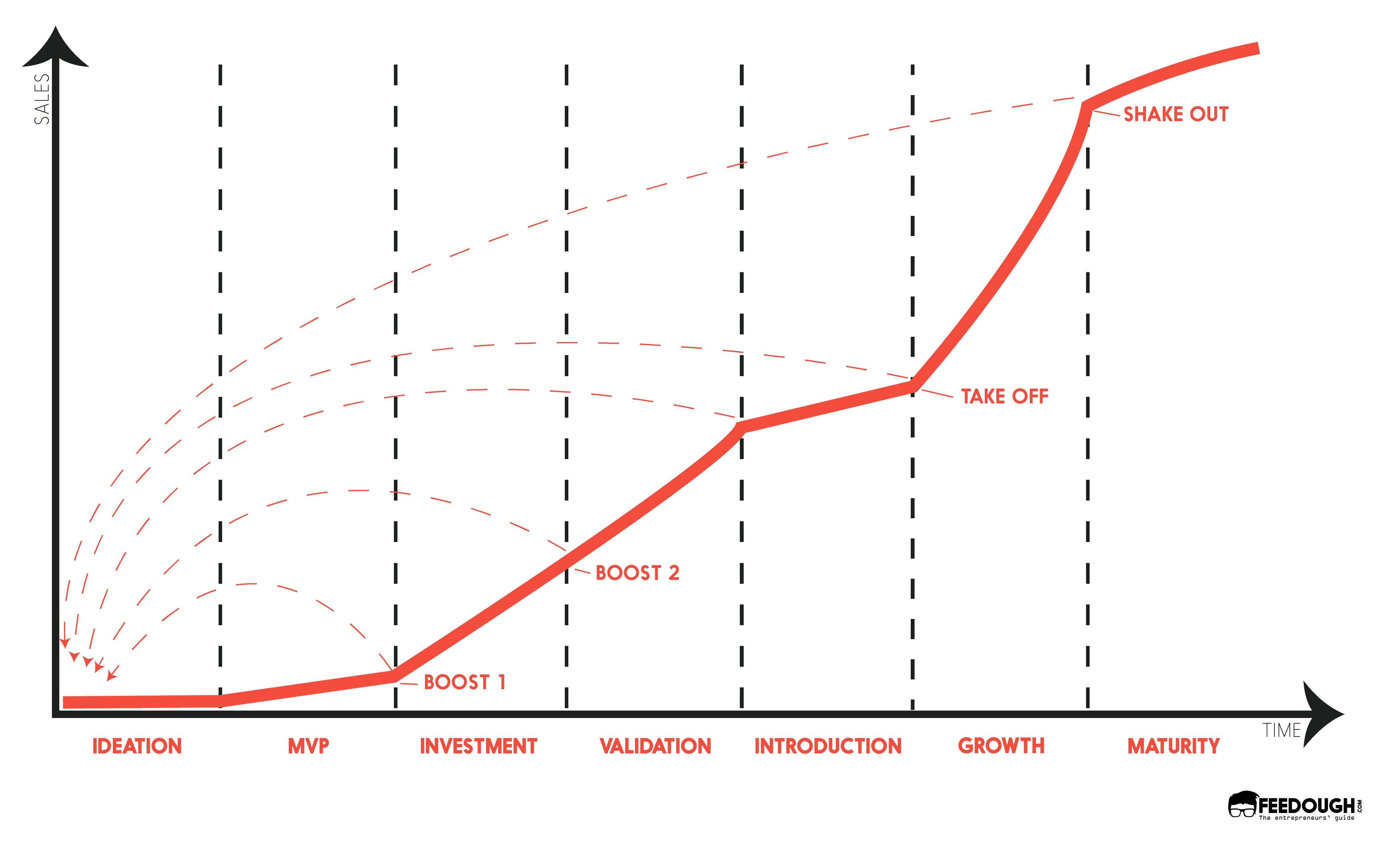
Go On, Tell Us What You Think!
Are you an entrepreneur? Come on! Tell us what you think about our article on The Startup Life Cycle in the comments section.
Engineer by education. Writer by choice. I learn about new things by writing about them.
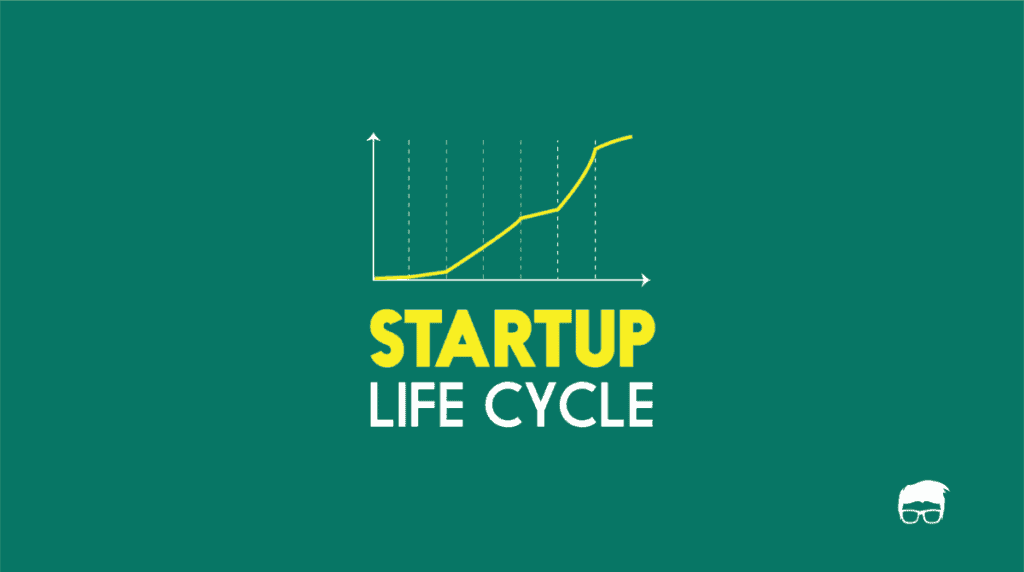
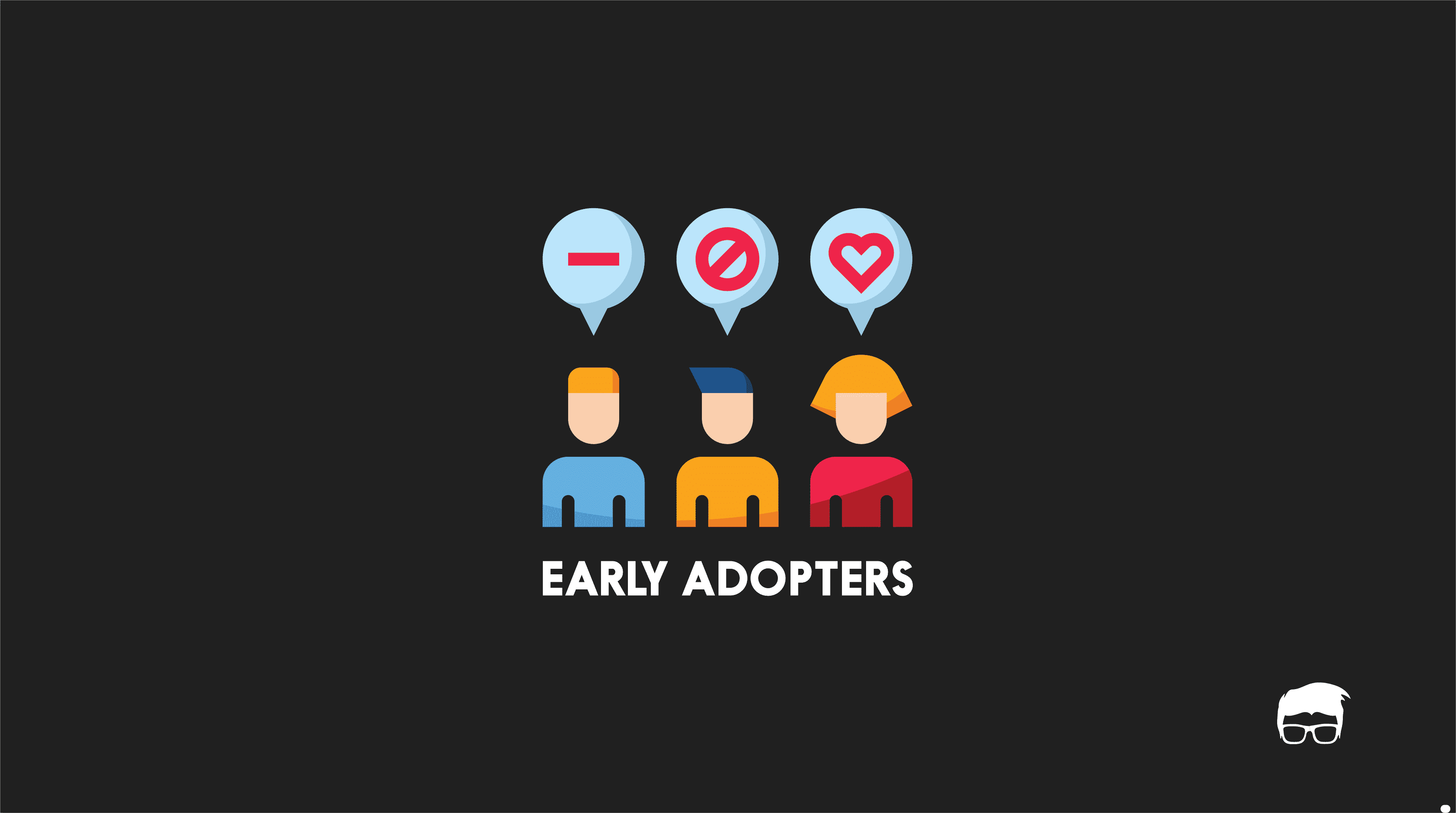
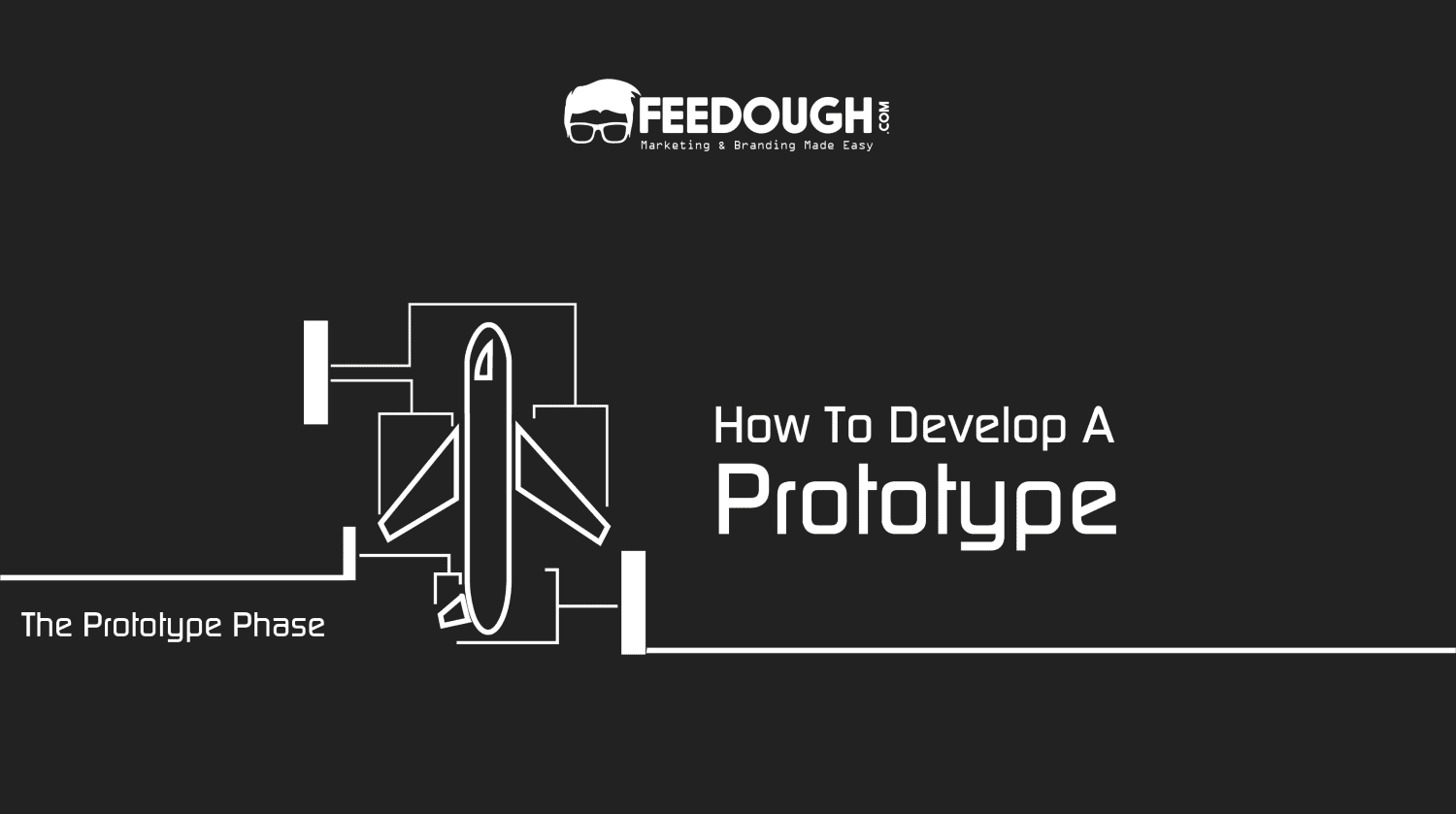
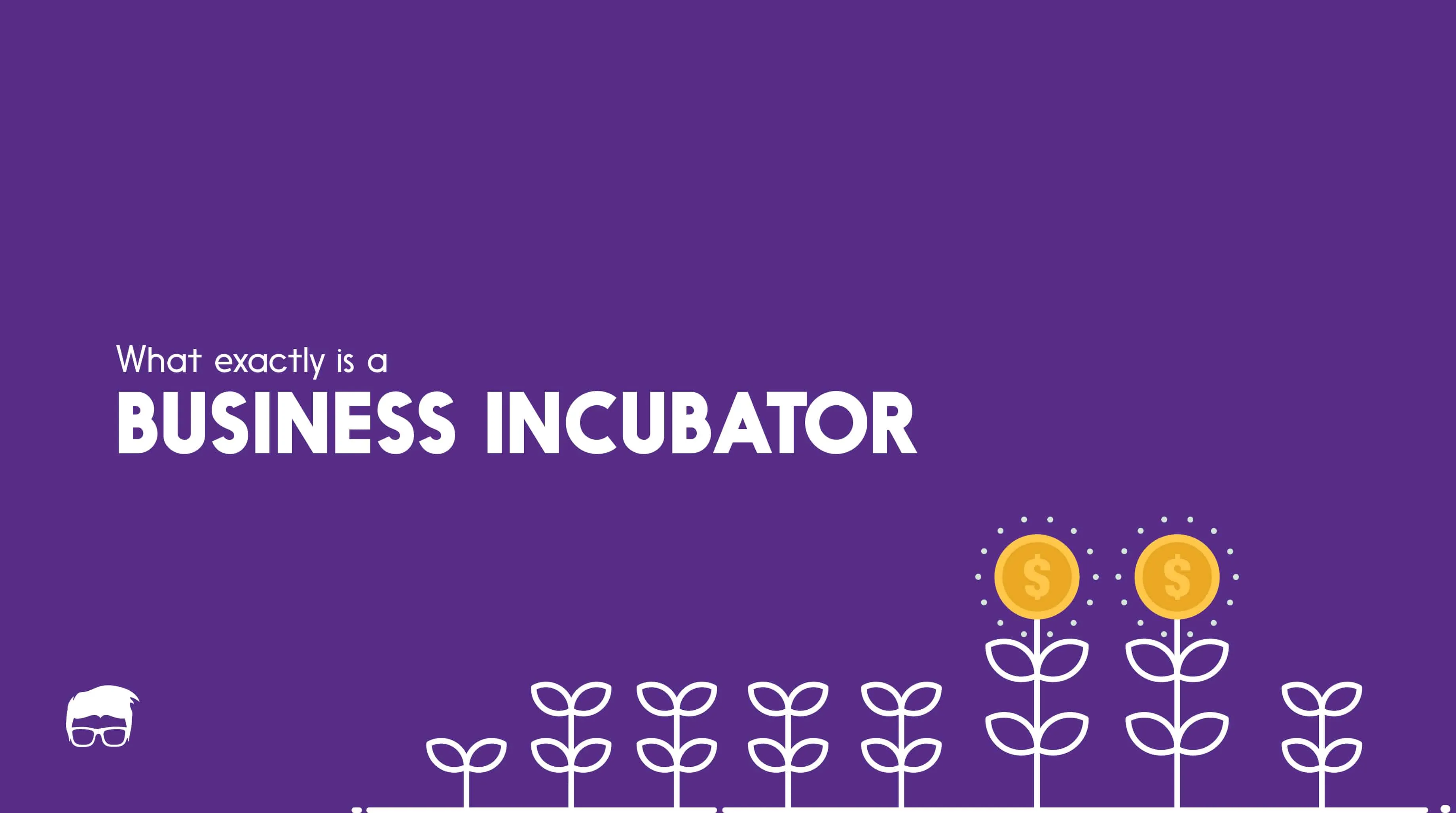

![What Is Startup Pivoting? [A Guide for Beginners] STARTUP PIVOTING](https://www.feedough.com/wp-content/uploads/2018/11/STARTUP-PIVOTING.webp)
